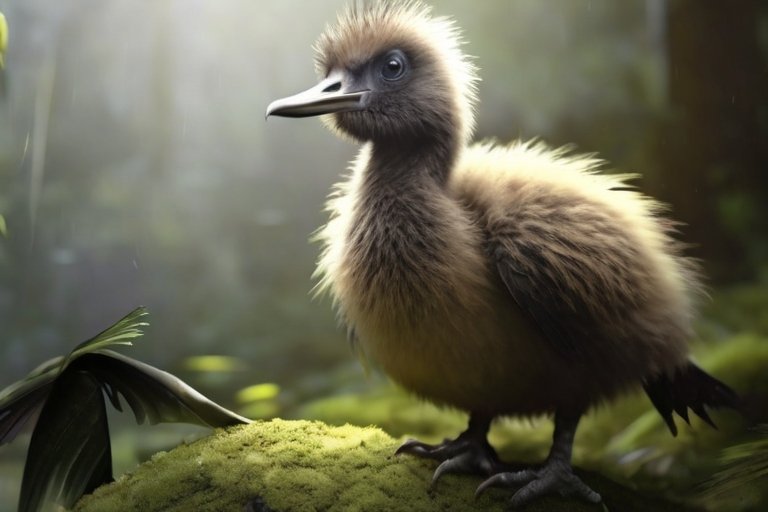Types of birds in nature
Flightless

Flightless birds are intriguing animals that have adjusted to new conditions by losing the capacity to fly. How about we dig into their qualities:
Kinds of Flightless Birds:
Ratites:
Most living flightless birds have a place with the request Struthioniformes, generally known as ratites. These include:
Ostriches:
Local to Africa, ostriches are the biggest and heaviest living birds. They have long legs and are phenomenal sprinters.

Emus:
Found in Australia, emus are the second-biggest bird species. They have a particular blue-dim plumage.
Cassowaries:
Local to New Guinea and northern Australia, cassowaries are known for their striking blue skin and cap like casques on their heads.
Kiwis:
Endemic to New Zealand, kiwis are little, nighttime birds with long, thin bills.
Emus:
These huge, flightless birds are local to Australia and are known for their long necks and strong legs.
Penguins:
Albeit irrelevant to ratites, penguins (request Sphenisciformes) are likewise flightless. They are adjusted for life in oceanic conditions and are fantastic swimmers.
Beginnings and Development:
Flightless birds are accepted to have slipped from birds that could fly. After some time, they lost the capacity to fly because of transformations to explicit conditions.
One theory proposes that flight became pointless for old birds colonizing hunter free territories. Normal determination inclined toward different qualities, prompting flightlessness.
Tragically, some flightless bird species confronted termination when hunters (like rodents, canines, pigs, and people) attacked their surroundings.
Actual Qualities:
Fall:
Flying birds have a fall — an edge on the sternum (breastbone) — which fills in as the principal connection site for flight muscles. Ratites come up short on fall, delivering their muscles unsatisfactory for flight.
Penguins:
Penguins hold the fall yet have developed it to suit their flightless oceanic way of life. Their forelimbs have changed from winglike designs to paddlelike variations for swimming.
Feathers:
Flightless birds will quite often have lavish plumage since they don’t have to lessen body weight for flight.
Bone Thickness:
While flying birds have empty bones, flightless birds have denser bones, supporting them in ground route.
Fun Realities:
The littlest flightless bird is the Distant Island rail, estimating simply 12.5 cm long and weighing 34.7 g 1.
In synopsis, flightless birds have one of a kind transformations that permit them to flourish in different conditions regardless of their inabilitHabitats and Dispersion

Ostriches:
These grand birds possess the parched savannas and fields of Africa. They are very much adjusted to stumbling into immense distances.
Emus:
Local to Australia, emus flourish in open forests, prairies, and scrublands. They are superb swimmers and can cross waterways.
Cassowaries:
Found in the rainforests of New Guinea and northern Australia, cassowaries favor thick vegetation. Their striking blue skin and protective cap like casques make them stick out.
Kiwis:
Endemic to New Zealand, kiwis are nighttime and possess woodlands. They have a sharp feeling of smell and utilize their long bills to test the ground for bugs.
Penguins:
Albeit fundamentally connected with Antarctica, penguins additionally possess different districts, including South America, Africa, and New Zealand. They flourish in cool marine conditions.
Diet and Taking care of Propensities:
Ostriches:
Their eating regimen incorporates plants, seeds, bugs, and little vertebrates. They are sharp feeders.
Emus:
Emus consume an assortment of plant material, bugs, and little creatures. They are known to eat stones and rocks to help processing.
Cassowaries:
These birds are omnivorous, benefiting from natural products, bugs, little vertebrates, and even carcass.
Kiwis:
Kiwis are insectivorous and furthermore eat natural products, seeds, and worms.
Penguins:
Their eating routine comprises mostly of fish, squid, and krill. They are gifted jumpers and catch prey submerged.
Conduct and Transformations:
Settling:
Flightless birds fabricate ground homes. Ostriches make shallow sorrows, while kiwis lay their eggs in tunnels.
Parental Consideration:
Male ostriches hatch the eggs, while female cassowaries are predominant and savagely defensive of their young.
Running and Swimming:
Flightless birds make up for their failure to fly by running (ostriches and emus) or swimming (penguins).

Cover:
Cassowaries and kiwis have mysterious plumage, mixing into their woodland environments.
Social Construction:
Ostriches live in free gatherings, while cassowaries are single. Penguins structure provinces for reproducing and raising chicks.
Protection Status:
A flightless bird animal categories are imperiled because of living space misfortune, obtrusive hunters, and human exercises.
The Kakapo, a nighttime parrot from New Zealand, is fundamentally imperiled, with something like 200 people remaining.
Preservation endeavors center around safeguarding their natural surroundings and controlling obtrusive species.
Keep in mind, flightlessness is only one of the numerous momentous variations that birds have created more than huge number of years. Each flightless species has its own interesting story and biological specialty.






